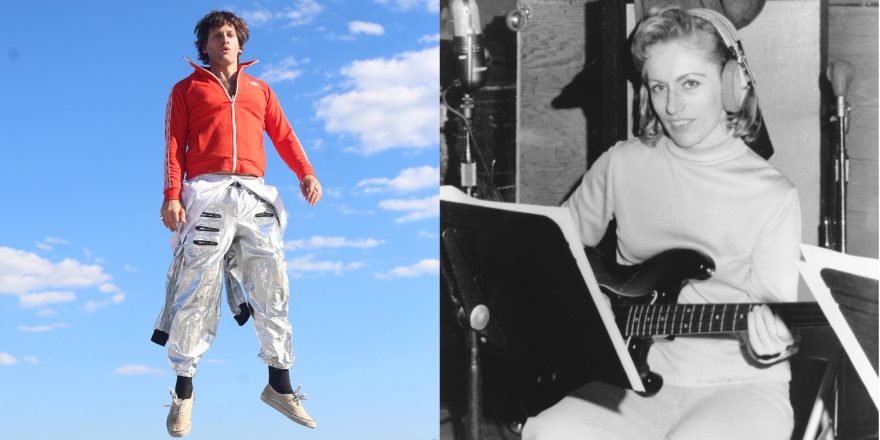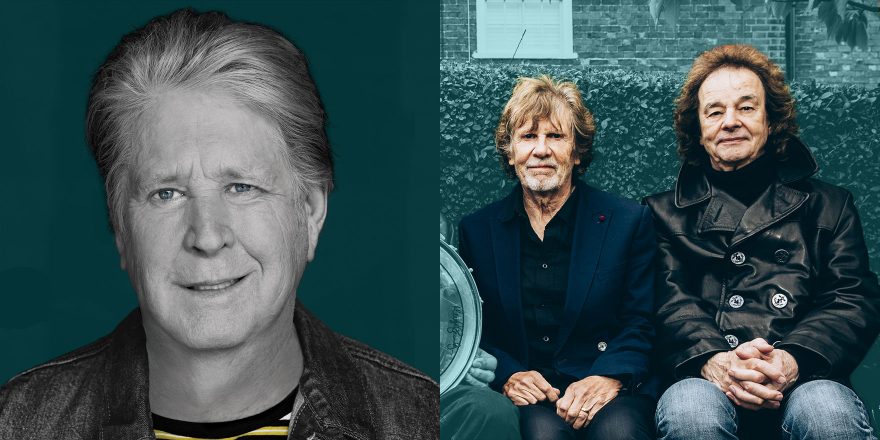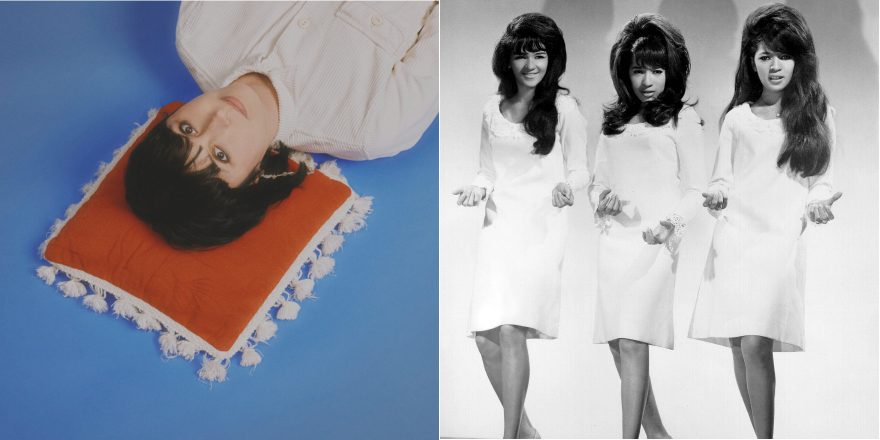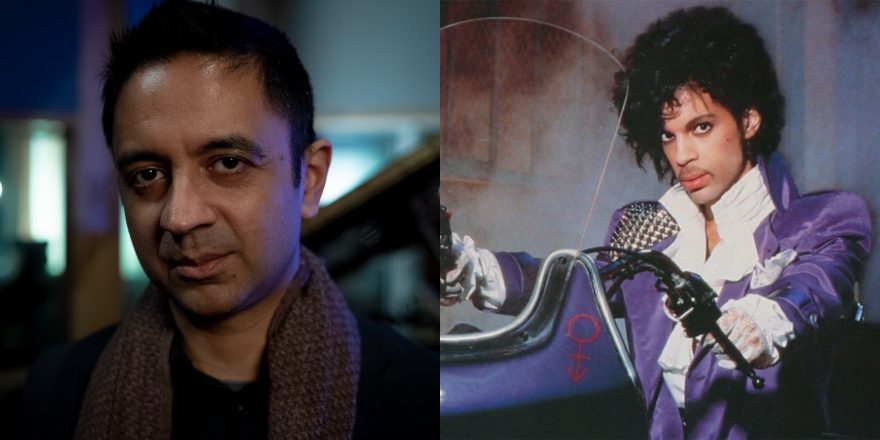Bass players are unsung heroes. A bass player sits at the center of all music, set between the rhythmic energy and articulation of the drums and the melodic beauty and harmonic structures of guitars, keyboards, vocals, and all else. They emanate cool; all they need is one finger and one note and a bit of feeling and they can make us dance, weep, drift off into ecstasy.
Mind you, I’m a singer. I can wail, coo, preen, cobble a hook. In my project VISUALS, I accept this role as my fate despite its egoistic trappings. But I know that as many notes I bend or words I massage into a line, I will never be the true beating heart of it all. Step aside all ye crooners, divas, Weeknd wannabes; we’re talking about the bottom line here. We’re talking about Carol Kaye — a woman who is one of the greatest living musicians of all time, who at 87 years of age has logged over 10,000 songs on her instrument, a crucial architect of the sound of all pop music, and — even by music nerds like yours truly — sadly and grossly under-appreciated.
If you are a fan of ‘50s and ‘60s music, be it soul, rock, R&B, folk, you have already felt Carol Kaye in your bones. Her resume is staggering: She is the effortless low end bounce of “I Was Born to Love Her” by Stevie Wonder, the lilting march of “Then He Kissed Me” by the Crystals, the anchor of “Homeward Bound” by Simon and Garfunkel, the fuel of “Light my Fire” by the Doors. She worked with Richie Valens on La Bamba, with David Axelrod on “Songs of Innocence” (one of the most sampled records of all time), with Phil Spector on virtually all of the Crystals and Supremes hits. In a time where women had scant opportunity to find footing and direct their own careers in the music industry, she was making more money than the US President, darting to three or four sessions a day, all as a single mother. She is a hero among heroes.
I first became aware of Carol watching the Wrecking Crew documentary, which according to Carol’s website tells the story all wrong. In the ‘60s, she says, there were around 300 session musicians, most of whom came from jazz backgrounds, who worked. Called the “Clique,” they had a familial bond, working day and night to create the bulk of what we now take for granted as ‘60s music history. To hear them tell it, the musicians figured the music wouldn’t last even 10 years. Instead, their work continues to influence our listening, playing, and production today.
It’s not just her plucked tone — which is bright but rounded, which she enhanced by way of a piece of felt stuck in the strings — it’s Carol’s sense of time that is magical. She has a way of making a song defy gravity. When you listen to the music, you feel lighter, almost effervescent. It’s no wonder that Paul McCartney says he took cues from Kaye for Sgt. Pepper — Macca, the bubbly one, was standing on the shoulders of a giant, whose feel literally defined rock & roll (yep, that’s even her 12 string guitar work on Richie Valens’s “La Bamba”).
During the making of my record Light Breaks, I was in need of heroes. It was the long winter of 2021, when the earth stood still and music venues were barely alive. Festooned at Astral Sound studio in Brooklyn with Matty Fasano (founder of House of Feelings, my label), we dreamt of a return to culture. Matty, an anchor of effusive optimism and enthusiasm, was also a broken record: The coming summer would be the new “Summer of Love” and we had to come strong on this album. It had to be “Dance Music Pet Sounds.”
The Beach Boys’ Pet Sounds is one of the great orchestrations of all ‘60s pop music. From the vocal harmonies to the harpsichords there are innumerable ways to nod to it. But to my mind, one instrument in particular stood out. As you should now expect from reading this article, that instrument was the Fender Precision Bass, as expertly plucked by one Carol Kaye. Laying the foundation for “Ocean,” the first single from my record, I grabbed the bass from the stand and did my best to channel her.
What I did was in one part technical. There are the octave movements (when a note jumps from low to high, or vice versa), and bits of ornamentation, with the bassline creating a kind of countermelody as the chord changes. On the other hand, the playing has to be about feeling — an embrace of the song’s message, the intangible rendered into sound. “Ocean,” admittedly the heartbreaker of the record, is about love lost, so among the songs from Pet Sounds, the blueprint is absolutely “Caroline, No”. And even though it’s some of Carol Kaye’s most restrained work (mainly because Brian Wilson wanted every note as written), you can feel the emotional push and pull, a kind of solemn gait punctuated with moments of uplift. With “Ocean,” I incorporated that burning restraint with silences that speak volumes. Taking cues from other tunes on Pet Sounds, as well as across the Kaye catalog, I also had moments to stretch and let the groove open up, knowing it’s about the right notes at the right time.
Carol’s playing is always driving the music — she can lean forward or lean back in the beat with ease. Listen to Joe Cocker’s “Feeling Alright” and get a sense of that deep pocket, or Bobby Womack’s “Across 110th Street.” At the same time, she’s never flashy, her lines have purpose. She is the archetype of the cool bass player, dare I say with a feminine touch, buoyancy and uncomplicated self confidence. She is a thread that connects much of the primary influences on my songs. If I have managed to do Carol any justice on “Ocean,” or through this essay, it would be a small payment on the debt all musicians owe her. Thank you, Carol Kaye!







